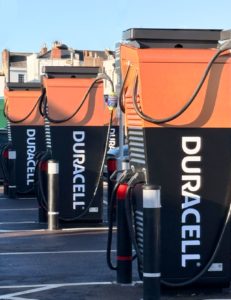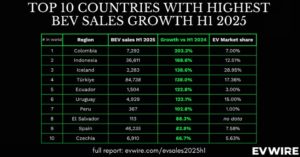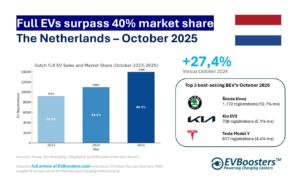Methodology and Key Findings
The P3 Charging Index (P3CI) assesses an EV’s ability to recharge to a range of 300 kilometres within 20 minutes from a 10% state of charge (SoC). A P3CI value of 1.0 corresponds to achieving this benchmark. Introduced in 2019, this target has driven significant advancements in EV charging technologies.
Among the standout performers, the Lotus Emeya achieved a P3CI of 1.53, recharging 458 kilometres within 20 minutes, showcasing a peak charging power of 402 kW. Following closely were the Mercedes-Benz EQS 450+ and XPENG G9, with P3CIs of 1.24 and 1.20, respectively. These results highlight the rapid evolution of electric mobility, with several vehicles now exceeding the initial P3CI benchmark of 1.0.
Detailed Insights and Comparative Analysis
The report includes charging diagrams from P3 field tests, which measured charging curves at public EVSEs (Electric Vehicle Supply Equipment) with CCS1/CCS2 connectors, and Tesla Supercharger V3. The vehicles were tested for their average charging power between 10-80% SoC, with the Lotus Emeya again leading with an average of 331 kW. The XPENG G9 and Hyundai IONIQ 6 also demonstrated impressive charging speeds, with average powers of 233 kW and 184 kW, respectively.
The consumption evaluation revealed that the Hyundai IONIQ 6 had the lowest consumption at 14.3 kWh/100 km, thanks to its aerodynamic design. Other efficient models included the Mercedes EQS 450+ (16.4 kWh/100 km) and the Tesla Model Y LR RWD (15.5 kWh/100 km).
A notable case study within the report examines the Tesla Model Y’s battery evolution. Tesla’s switch from a CATL to a BYD battery increased the Model Y’s average charging power from 100 kW to 141 kW, demonstrating how OEMs are leveraging battery innovations to enhance charging performance.
Technological Implications and Future Outlook
The P3CI findings emphasise the trend towards higher charging powers, currently focused between 150-250 kW, facilitated by advancements in 400 V and 800 V system architectures. The maximum potential charging power, defined by the CharIN standards (920 V and 500 A, resulting in 460 kW), remains a theoretical target due to practical limitations in current charging strategies.
Looking ahead, the report anticipates further innovations in battery technology and charging infrastructure, enabling even faster recharging times and greater driving ranges. OEMs are expected to continue enhancing their platforms to accommodate higher maximum charging powers, improved energy densities, and better overall charging performance.
Industry Impact and Consumer Benefits
The advancements documented in the P3 Charging Index signify more than just technical achievements; they represent a significant enhancement in the practicality and convenience of EV ownership. Faster charging times reduce the downtime for EV drivers, making electric cars more viable for long-distance travel and daily use. This progress is crucial for increasing consumer confidence and adoption of electric vehicles, contributing to a more sustainable future.
Conclusion
The 2024 P3 Charging Index for Asia underscores significant progress in the electric vehicle sector, with several models now capable of recharging beyond the 300 km range within 20 minutes. As EV technology advances, these developments are set to drive greater adoption of electric mobility across Asia and globally. The report by P3 Group serves as a vital resource for understanding current capabilities and future trends in the EV market.







